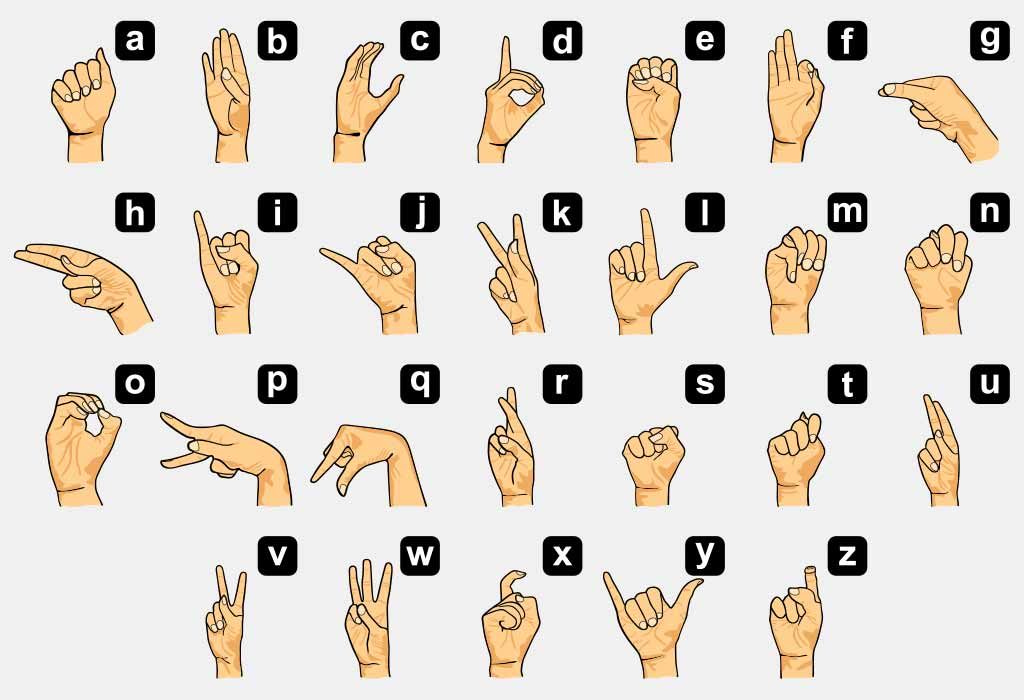Understanding ciphers and codes is an enthralling yet formidable endeavor. With the increasing prevalence of cryptography in both historical contexts and modern applications, recognizing the type of cipher by sight alone can almost seem like an art form. This ability hinges on a meticulous observation of patterns, character frequencies, and structural elements of the text, all of which can serve as critical indicators of the cipher used. In this exploration, we will delve into various facets that can lead to the identification of a cipher, without the necessity of decryption.
Initially, one must consider the character set employed in the ciphered text. The alphabetic and alphanumeric character sets can provide significant clues. For instance, traditional substitution ciphers employ a limited range of characters, typically within the standard alphabet. An analysis of unusual characters present in the text might hint at a more complex cipher, such as a polyalphabetic or a modern digital encryption schema. Furthermore, the presence of unique symbols or non-alphabetic characters may indicate the use of a code rather than a pure cipher, as codes often substitute entire words or phrases with symbols.
Next, scrutinizing the frequency of characters is a pivotal step in recognizing cipher types. Each language exhibits characteristic frequency distributions – for example, in English, the letter ‘E’ is the most frequently used character. By tallying the occurrence of each letter, one can glean hints about the cipher employed. In the case of substitution ciphers, the frequency pattern often mirrors that of the original text. If letters appear with an unexpected frequency, particularly if certain letters are conspicuously absent, this could signal the involvement of a more complex cipher, like a polyalphabetic cipher, where characters are swapped based on a variable key.
The next consideration is the structure and layout of the text. Some ciphers maintain a distinctive structure that can be identifiable by sight. For instance, in transposition ciphers, the letters remain the same but are rearranged. This rearrangement can lead to peculiar spacing, alignment, or even a rhythmic quality within the text. If you observe unusual breaks or sections that don’t conform to standard word formations, you may be dealing with a transposition cipher. Recognizing these structural anomalies is essential in narrowing down the possibilities.
Additionally, examining the length of groups or sections within the cipher text reveals further insights. Many classical ciphers, like the Vigenère cipher, repeat certain sequences based on key length. If sections of the text exhibit a repeated length or pattern, this could signify periodic shifts indicative of such ciphers. Conversely, a lack of uniformity in grouping may suggest the text has been subjected to more complex encoding systems where characters are dynamically altered based on the full phrase or context.
Another layer of complexity can be added by considering the contextual clues and linguistic patterns. Familiarity with common phrases or idioms can serve as a valuable tool. If certain segments of the cipher text bear resemblance to these recognizable patterns, it might facilitate speculation on the cipher type. Incorporating knowledge of language nuances, such as common prefixes and suffixes, can offer additional leads. Analyzing these linguistic features can distinguish between simple ciphers and those that may be woven with deeper linguistic complexity.
Moreover, the cipher’s historical context can impact its structure and form. Understanding the era and the environment in which a cipher was created can provide crucial hints regarding its nature. For example, World War II brought about the widespread use of specific machine ciphers, reflective in their systematic character transitions. Intrigued cryptographers can fasten on such historical nuances as indicators of cipher types as they delve into their investigations.
Furthermore, it is essential to consider the purpose of the message. Different ciphers were made for varied reasons, such as military communication or personal notes. Analyzing the content of the cipher can hint at its complexity. Simpler ciphers are often used for private communication, while more intricate ones may have been employed in official or military contexts. Understanding the motivation behind the cipher can provide additional parameters to narrow down the possible types at play.
Lastly, perhaps one of the most engaging aspects of deciphering ciphers by sight is the element of creativity inherent in the practice. Each cipher is a puzzle that beckons the intellect to probe further. The artistic elements of design and structure often reveal the ingenuity of its creator. This interaction between creativity and analytical prowess continues to draw enthusiasts toward cryptography, merging the realms of mathematics and linguistics in a unique synthesis. The challenge of not just identifying a cipher but also comprehending the rationale behind its construction and use adds depth to the activity.
In conclusion, identifying a cipher simply by observation necessitates acute attention to detail and a comprehensive understanding of various cryptographic principles. Such discernment encompasses the character set, frequency distributions, structural nuances, contextual clues, and the historical significance of the cipher. It is these layers of complexity and information that not only heighten the fascination with ciphers but also deepen our understanding of the art and science of cryptography as a whole. Each cipher not only obscures a message but also tells a story, evoking intrigue long after the final character is discerned.








Leave a Comment